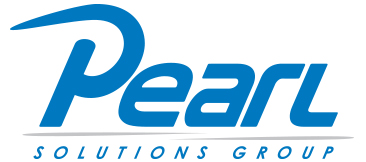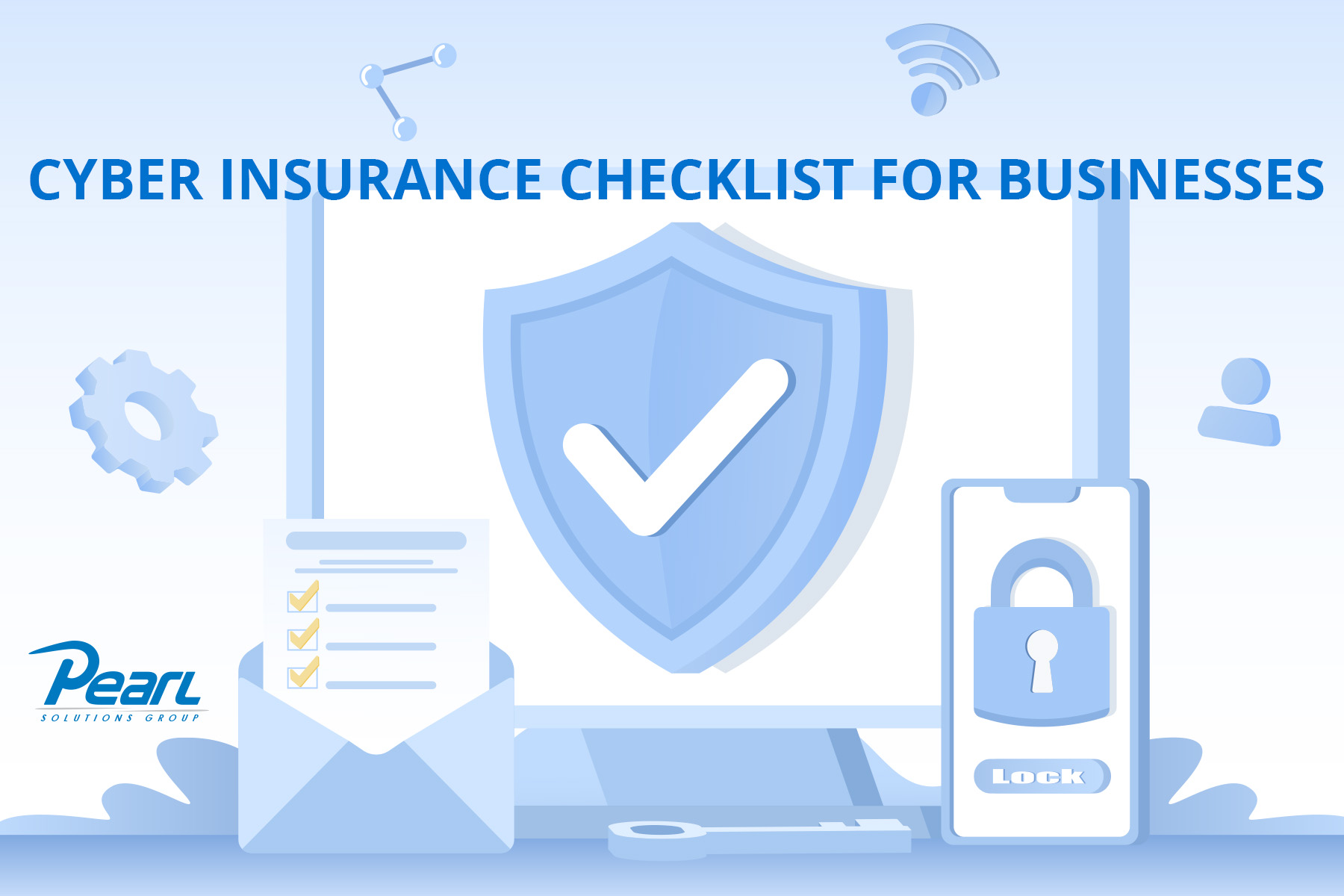Having cyber insurance coverage is one of our 15 recommended elements of a strong security posture for small to mid-sized businesses. Choosing the right cyber insurance policy is a critical decision that can make all the difference, and policies are not created equal. You need to consult with your broker or provider to make sure you have the correct coverage for your business. This cyber insurance checklist for businesses will walk you through key coverages to consider to ensure that you’re well-prepared to safeguard your business against potential cyber risks.
Customer and Employee Outreach Coverage: In the aftermath of a data breach, effectively communicating with affected parties is critical. Ensure that your cyber insurance policy covers the costs associated with notifying customers and employees about the breach. This includes expenses related to legal advice, public relations efforts, and the coordination of communication strategies. Comprehensive coverage in this area not only helps in complying with legal requirements but also plays a crucial role in maintaining trust and goodwill among your stakeholders.
Data Recovery Support: Data is the lifeblood of modern businesses, and a cyberattack can lead to the loss or corruption of crucial information. Confirm that your policy includes coverage for data recovery services. This entails the costs associated with engaging experts to retrieve and restore lost data. This support is vital for minimizing the impact of a cyber incident on your business operations and ensuring a speedy recovery.
Software and Hardware Repair/Replacement: Cyberattacks often result in damage to your technology infrastructure, including software and hardware. Check your policy for coverage of costs related to repairing or replacing damaged systems. This includes expenses incurred in getting your technology back to normal functioning, reducing downtime, and allowing your business to resume operations as quickly as possible.
Business Interruption Losses Coverage: Business interruptions can lead to significant financial losses, including income loss and additional expenses incurred during the downtime. Verify if your cyber insurance policy provides coverage for these losses. This may include compensation for lost revenue, ongoing expenses, and even the costs associated with relocating operations temporarily. Having coverage for business interruption losses is essential for maintaining financial stability during the recovery period.
Ransomware Demand Coverage: Ransomware attacks have become a pervasive threat, and the costs associated with ransom payments can be exorbitant. Determine whether your policy covers ransomware extortion payments. Having coverage in this area provides financial support in the unfortunate event that your business falls victim to a ransomware attack, helping you manage the crisis effectively without compromising the security of your data.
Understanding of Exclusions and Limitations: Thoroughly review and understand the exclusions and limitations of your cyber insurance policy. This involves identifying elements that are not covered, such as certain system upgrades, pre-existing vulnerabilities, or estimated future losses. Understanding these limitations is crucial for making informed decisions about additional risk mitigation strategies and ensuring that you have a clear picture of your overall risk exposure.
Policy Cost and Payment Terms: Evaluate the overall cost of the cyber insurance policy, including premiums and any additional fees. Consider the payment terms, such as the frequency of payments and any discounts for annual payments. Understanding the financial aspects of your policy helps you budget effectively and ensures that the cost of coverage is aligned with your business’s financial capabilities.
Scalability and Customization of the Policy: As your business evolves, so do your cyber risks. Look for a policy that offers scalability and customization options. This flexibility allows you to adjust the scope and limits of your coverage to align with the changing landscape of cyber threats and the growth of your business. A customizable policy ensures that you can tailor your coverage to address specific risks relevant to your industry and the unique characteristics of your organization.




